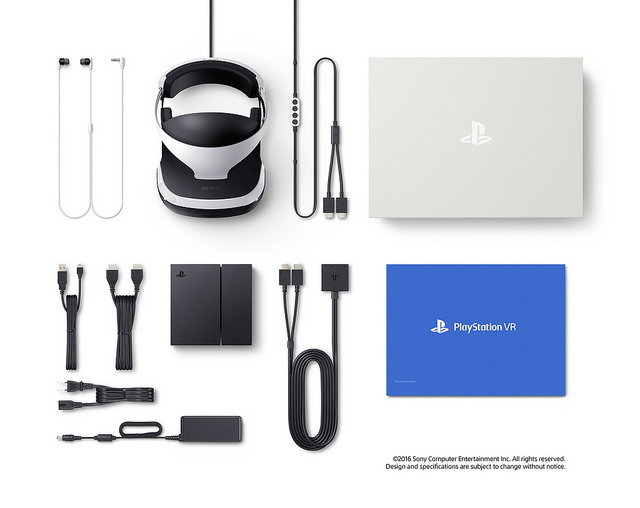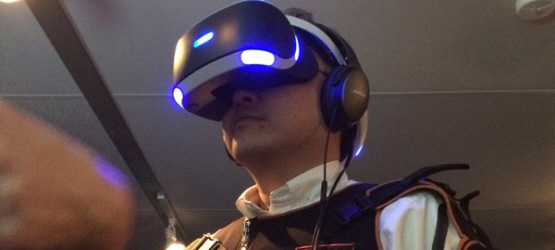In a pair of interviews at GDC this week, Sony Worldwide Studios President Shuhei Yoshida was asked all about PlayStation VR.
Addressing the $399 USD price tag for PSVR, Yoshida told Eurogamer, “According to our hardware team we are not going to lose money selling PlayStation VR for the price we announced.” Since they’re making a profit, it allows them to invest in promotion, trials, and developer support “without bleeding money by selling the PSVR hardware.”
After adding that they managed to get the price down thanks to their experienced hardware teams, he said, “Our target was [that it would sell for] almost the same price as the PS4, which was $399/€399. We are very happy we could hit that.”
Shuhei also revealed in the interview that they’re willing to spend the “time and money and effort” to market PSVR, and they aren’t worried about the unknowns of the virtual reality market. “No – we are super excited about the things happening around VR,” he said. “Every week we see new games announced and people get excited to try new demos.”
Speaking with The Verge, Yoshida said Sony is a part of the VR movement alongside Oculus and HTC, and “we feel hugely responsible to do our job right, so that the whole industry can grow at a proper speed.”
Discussing control options, he said the reason that the PlayStation Move controller wasn’t upgraded for PlayStation VR is because “what we need at the core is accurate positional tracking and a couple of inputs like a button,” and Move does the job really well. While the $399 USD base model doesn’t include a Camera or Move controllers, Sony will announce bundles for certain regions before launch in October.
Shuhei then talked about the idea of having a universal controller option across all virtual reality headsets, revealing that some VR games don’t use controllers at all:
I think it’s too early. In terms of standards, everyone has PS4 hardware and a DualShock 4. And a DualShock 4 is also being tracked by the camera; it’s not as versatile as PS Move because you have to hold it with two hands. So when you say the minimum input, actually the minimum input option that developers have is just the headset. Some of the games use just the gaze tracking for the experience, and others use a DualShock 4 controller, and other games use Move. So it’s a choice.

As you can see in the above image, PlayStation VR includes a number of cables in the box. According to Yoshida, some people have already tried setting up the headset by plugging it directly into the TV, making the initial set up a challenge Sony needs to solve:
For many people, for most consumers, it’s going to be their first [VR] experience. And just setting it up is a complicated thing. It’s not like headset replaces the TV, PS VR uses the TV as well like a social screen. So there’s a small [processor unit] that inputs out to the TV and headset. We’ve been play-testing the set-up process with consumers and some people try to connect the headset directly to the TV, or some other wrong configuration. We have those manuals but people don’t read them. Just making it so it’s easy for people to set it up and enjoy playing, along with delivering a high quality experience, that’s the biggest challenge that we continue to work on. Having this time, from now until launch, it really helps us to iron out those softer areas.
Looking ahead to the future, PlayStation VR “could one day be used for things other than games and entertainment,” but their initial focus is on games and entertainment. “Hopefully all of these things happen, and we can continue to be an important part of the VR experience,” he added.
As for mobile VR, they aren’t working on it as far as Shuhei knows, though “maybe somewhere some R&D might be done, but I don’t know where.” However, he isn’t sure if Sony should spread themselves across too many products because console-based VR is a huge undertaking on its own.




